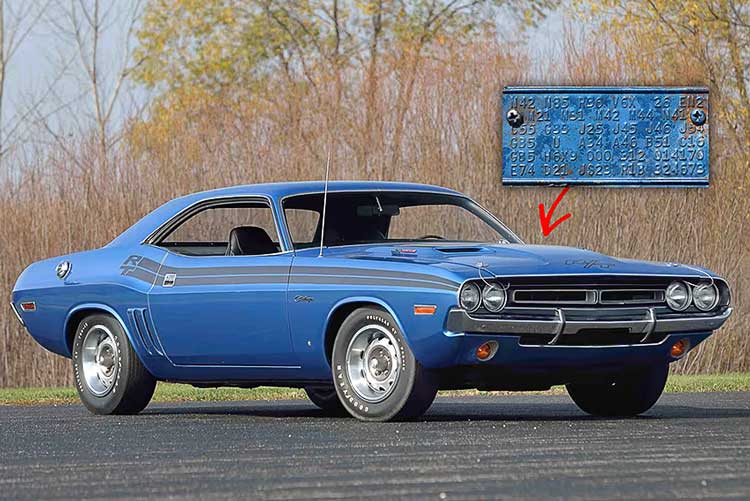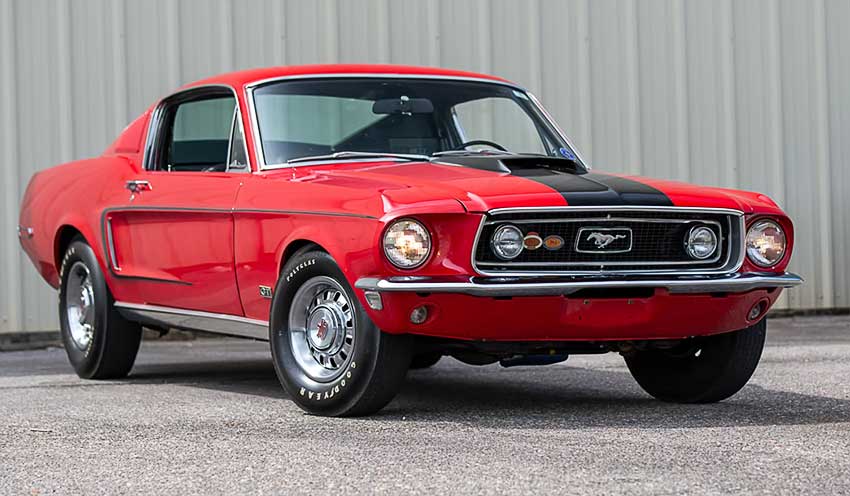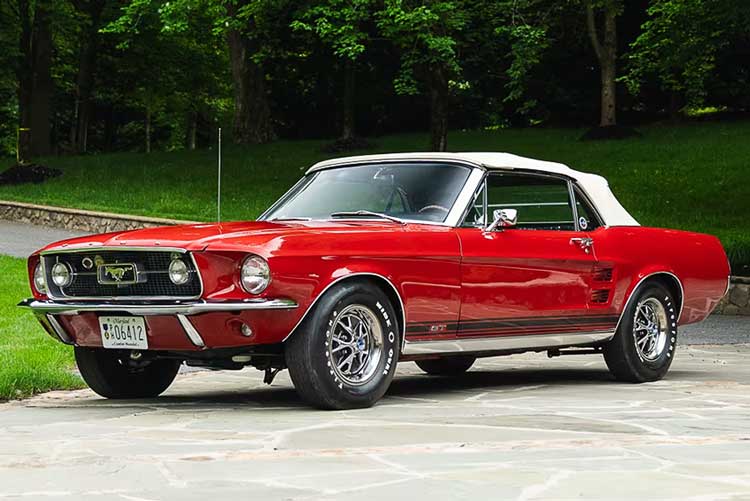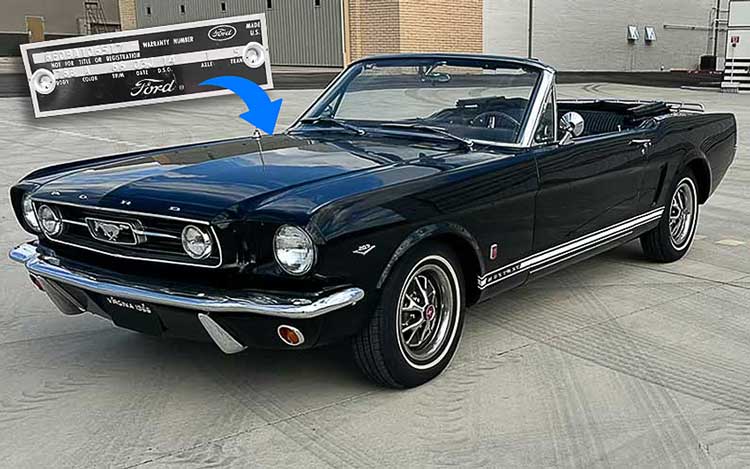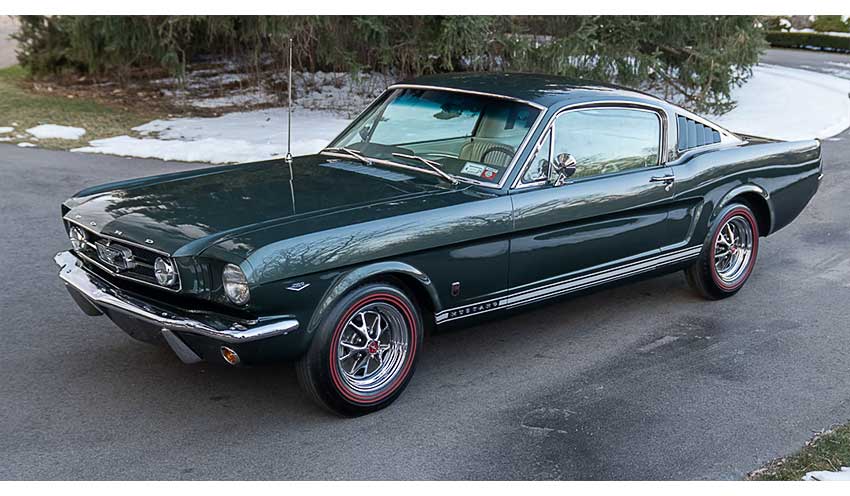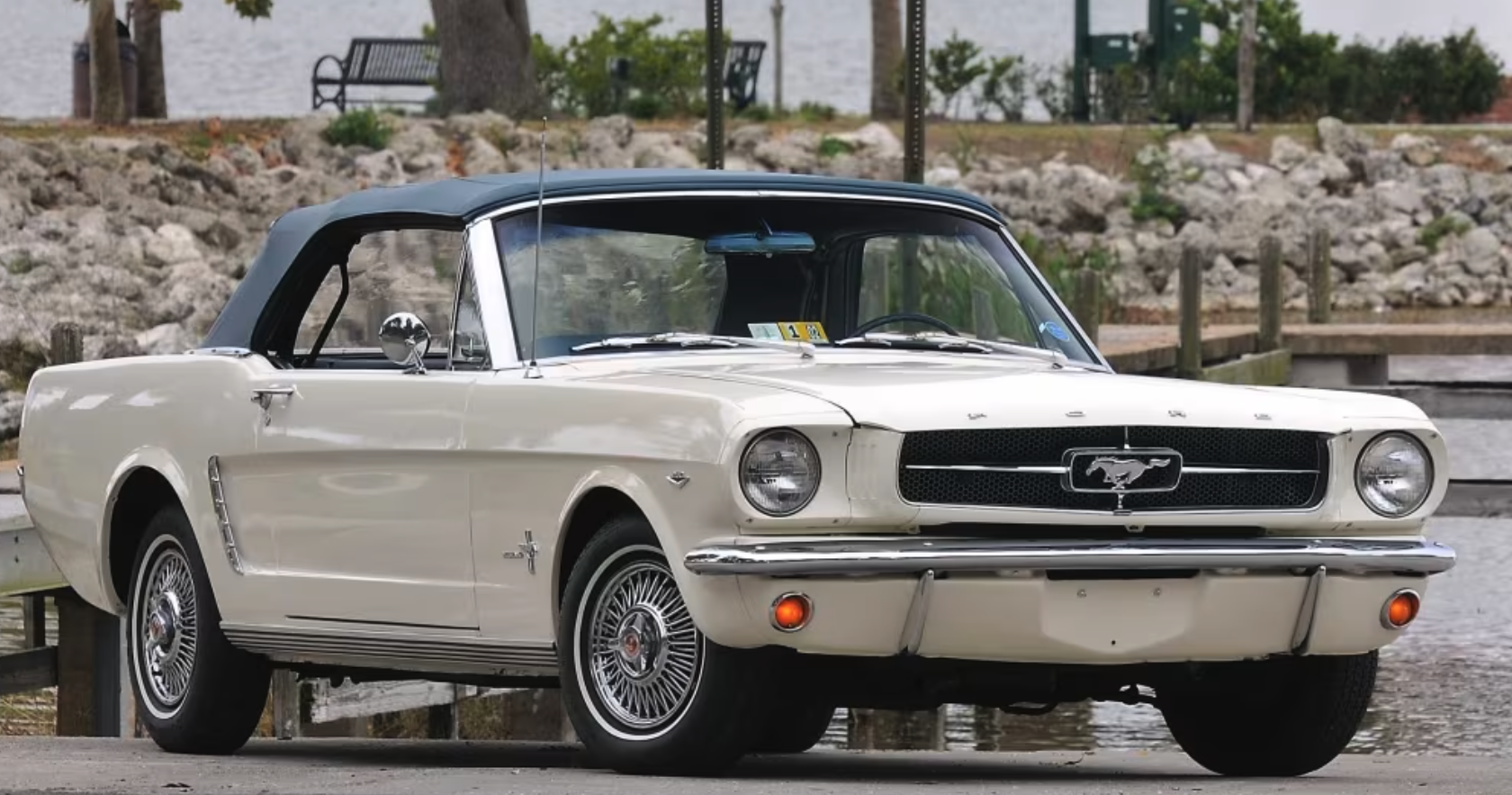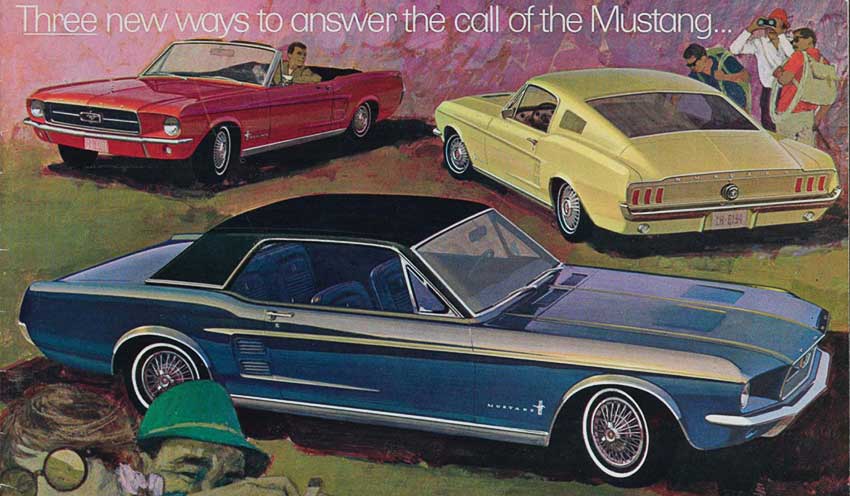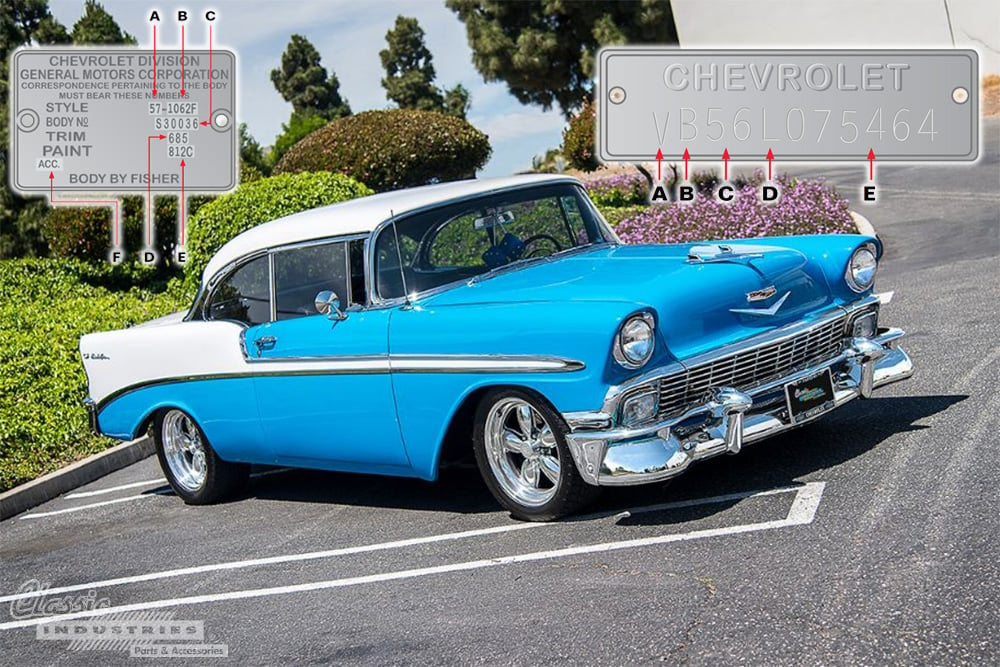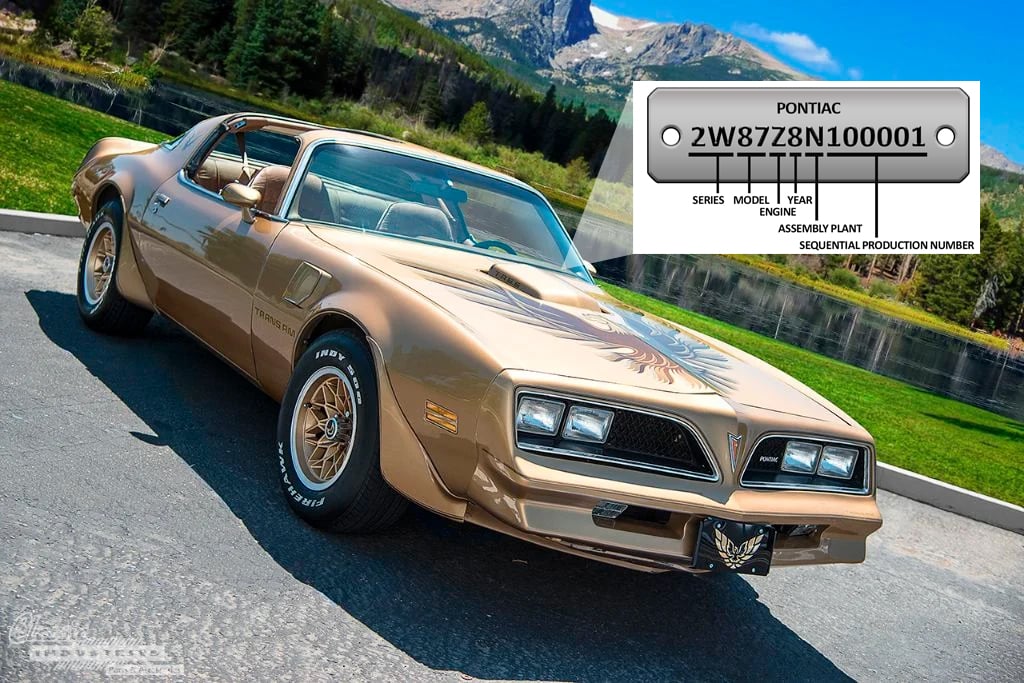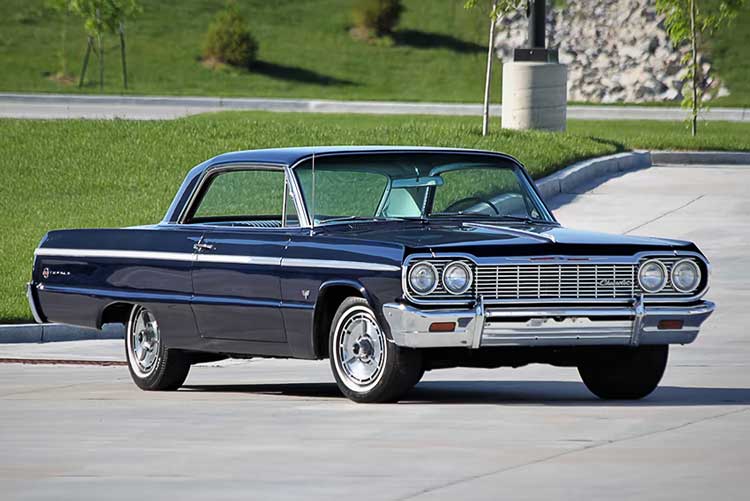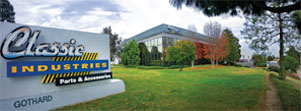The golden era of American muscle cars brought us some of the coolest vehicles in automotive history, with Mopar — a combination of "Motor" and "Parts" under Chrysler — leading the charge. Between 1960 and 1976, Mopar manufactured a wide array of A-body, B-body, and E-body cars under its Chrysler, Dodge, and Plymouth divisions. These included legendary models like the Charger, Challenger, Barracuda, Road Runner, Super Bee, GTX, Dart, and Duster. Enthusiasts and restorers alike often rely on decoding information such as VINs, fender tags, and broadcast sheets to verify originality, specs, and authenticity. Below, we've provided a detailed VIN decoder and step-by-step guide to help you learn more about your classic Mopar car.



